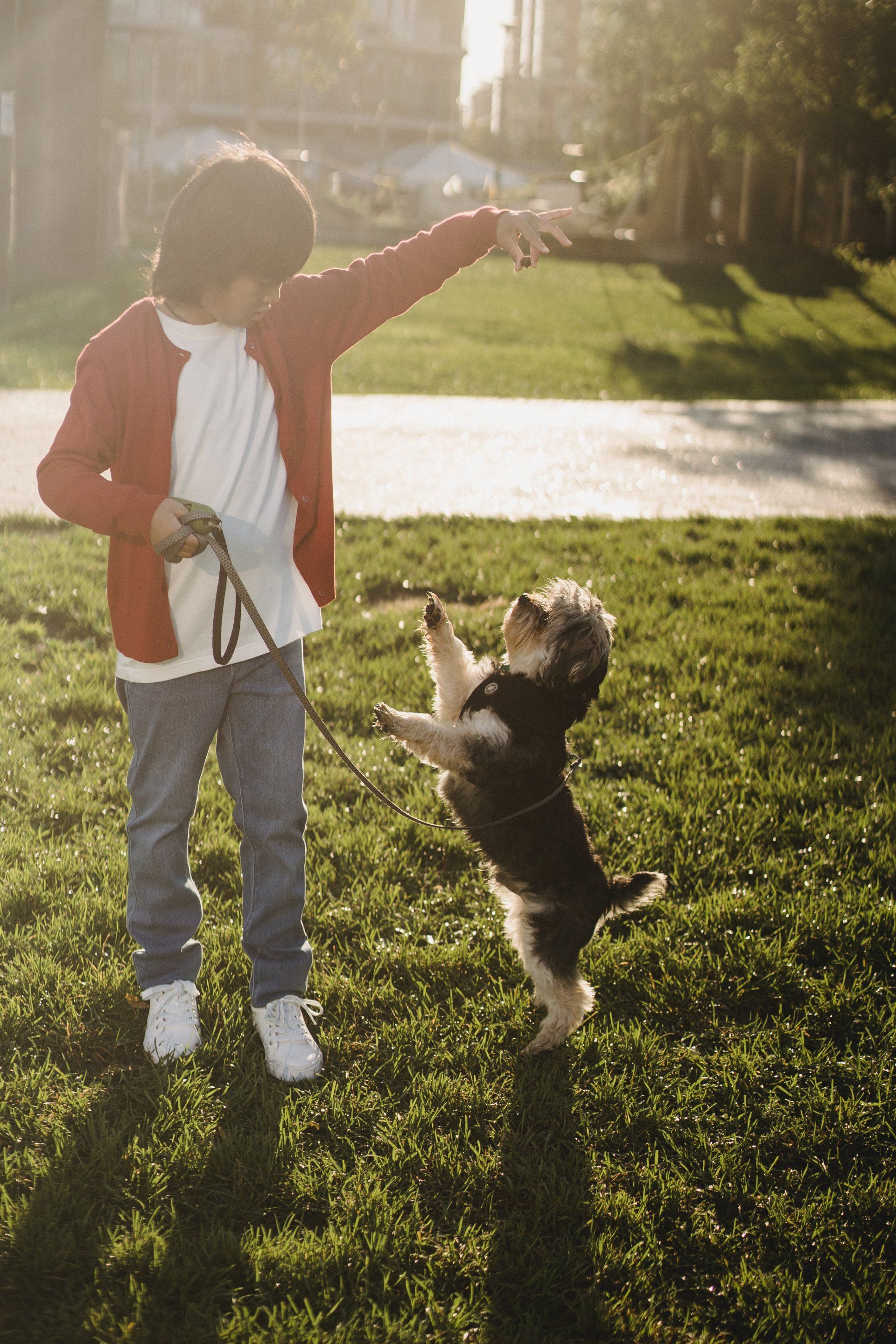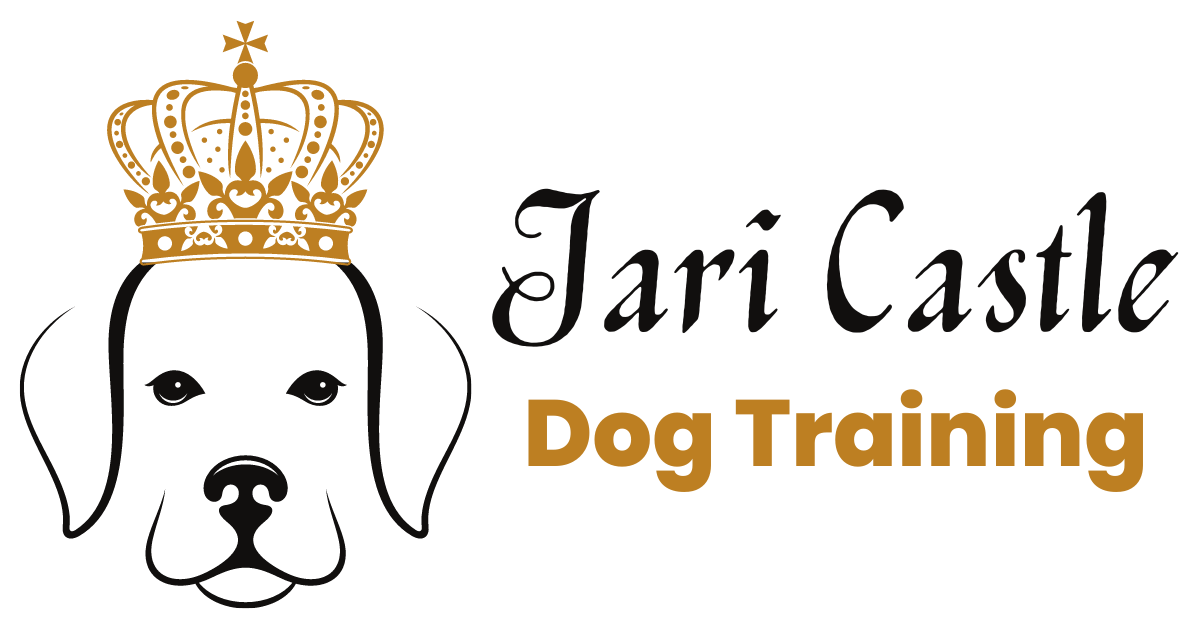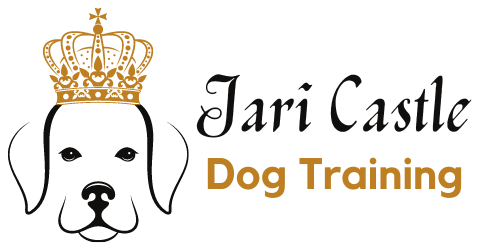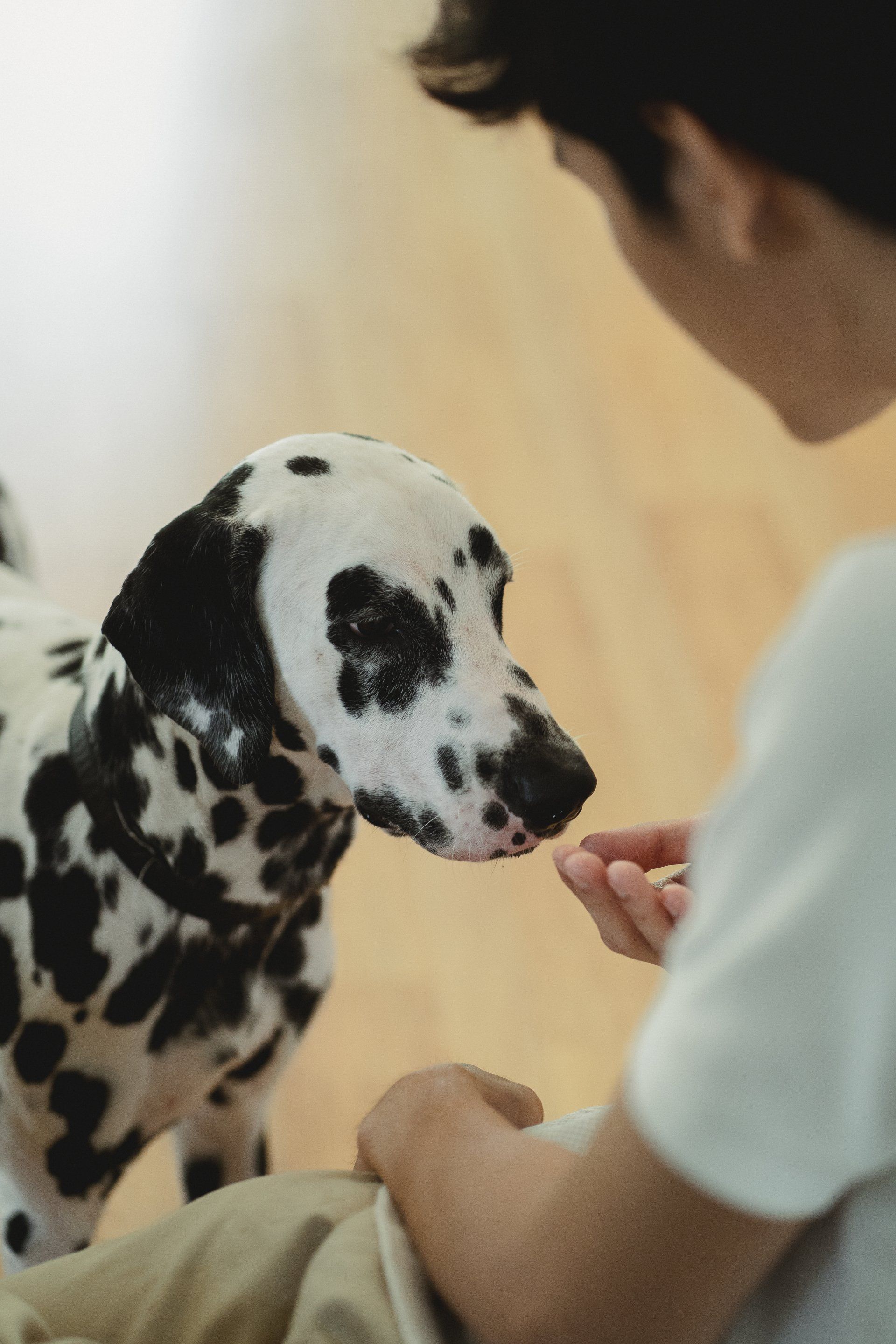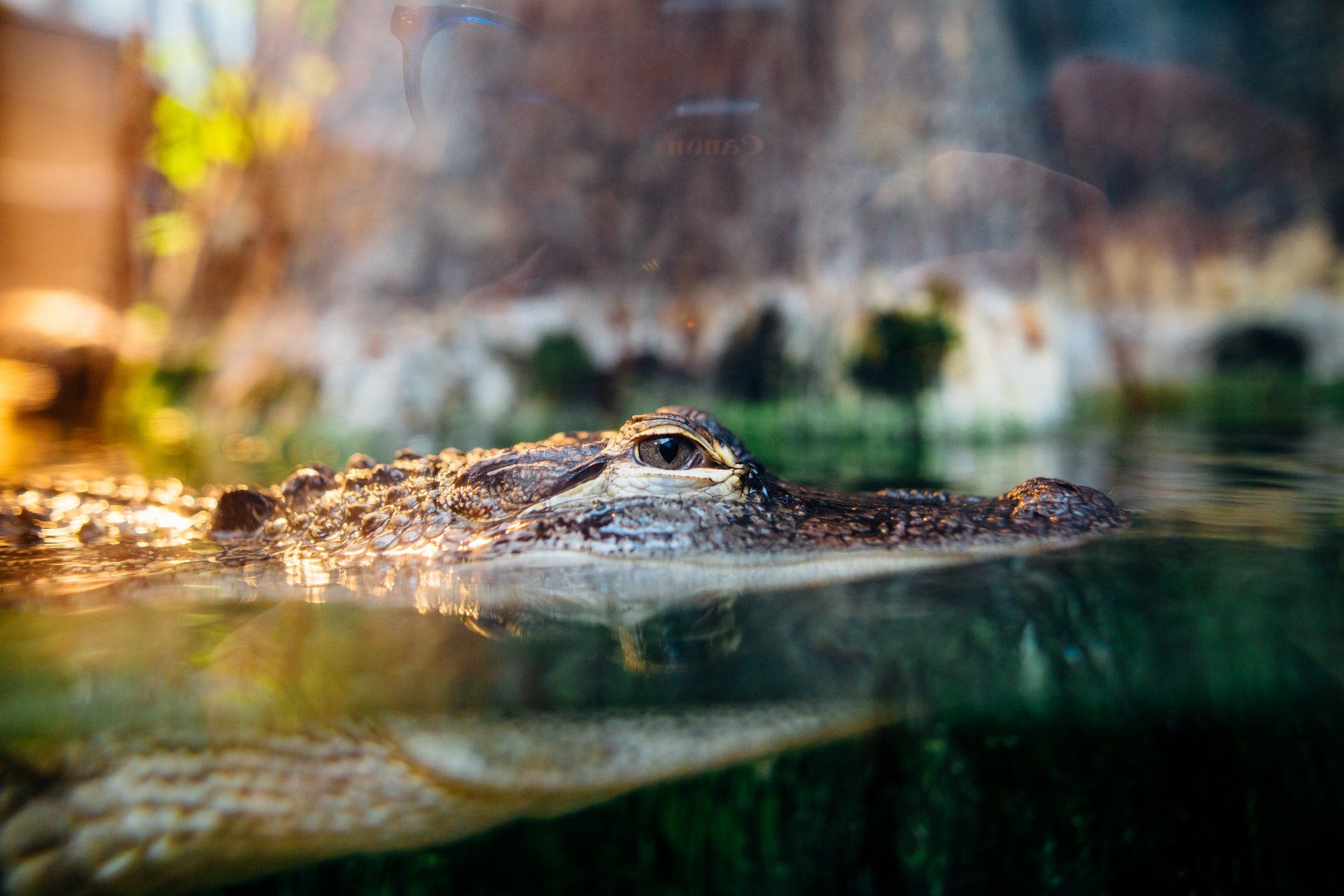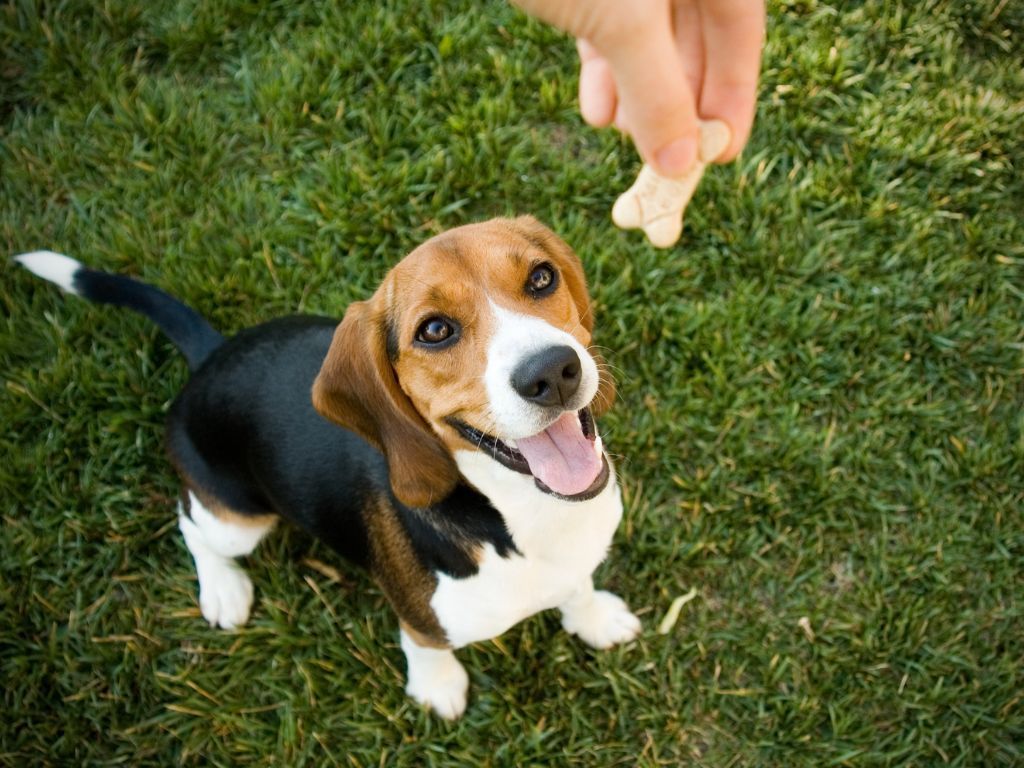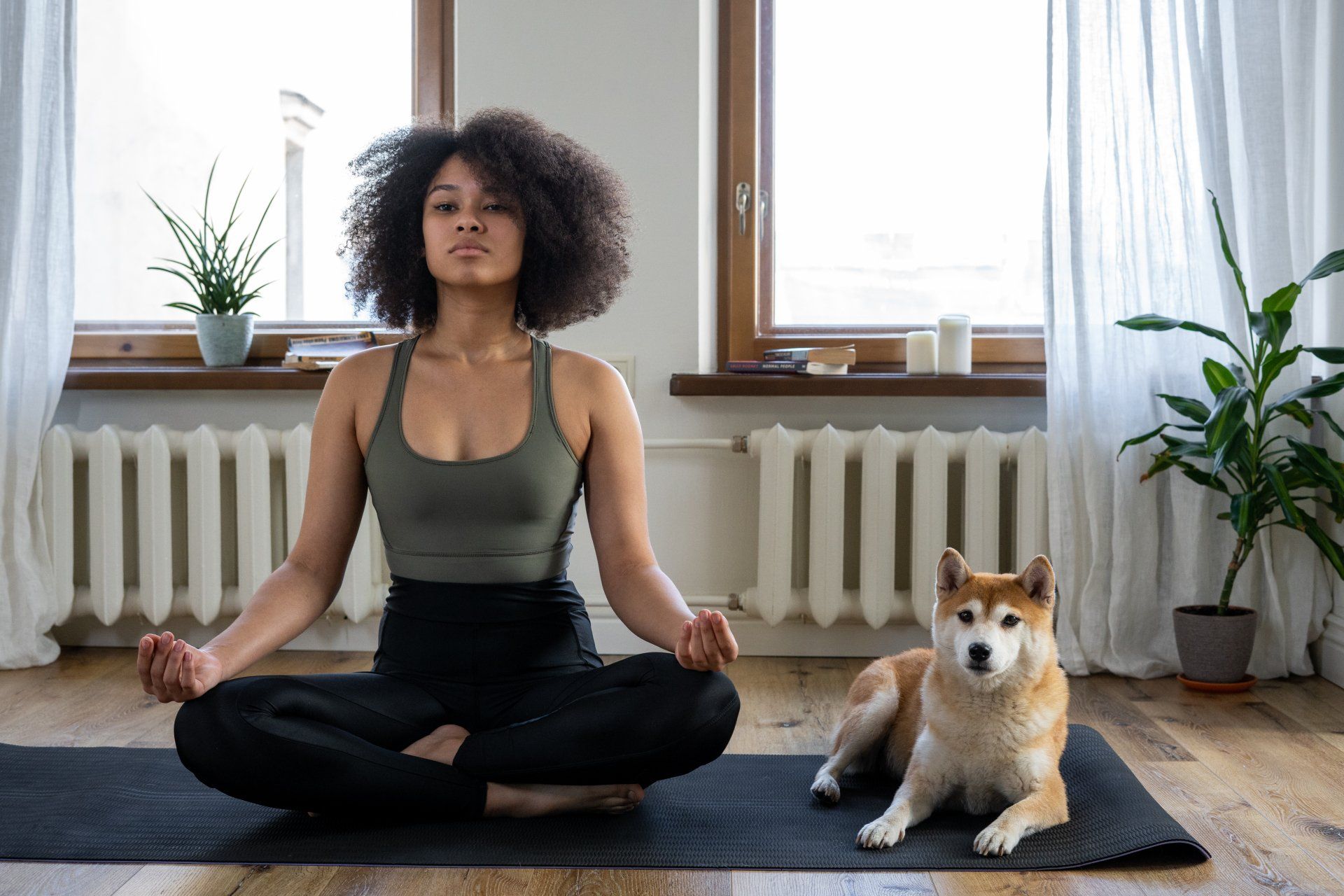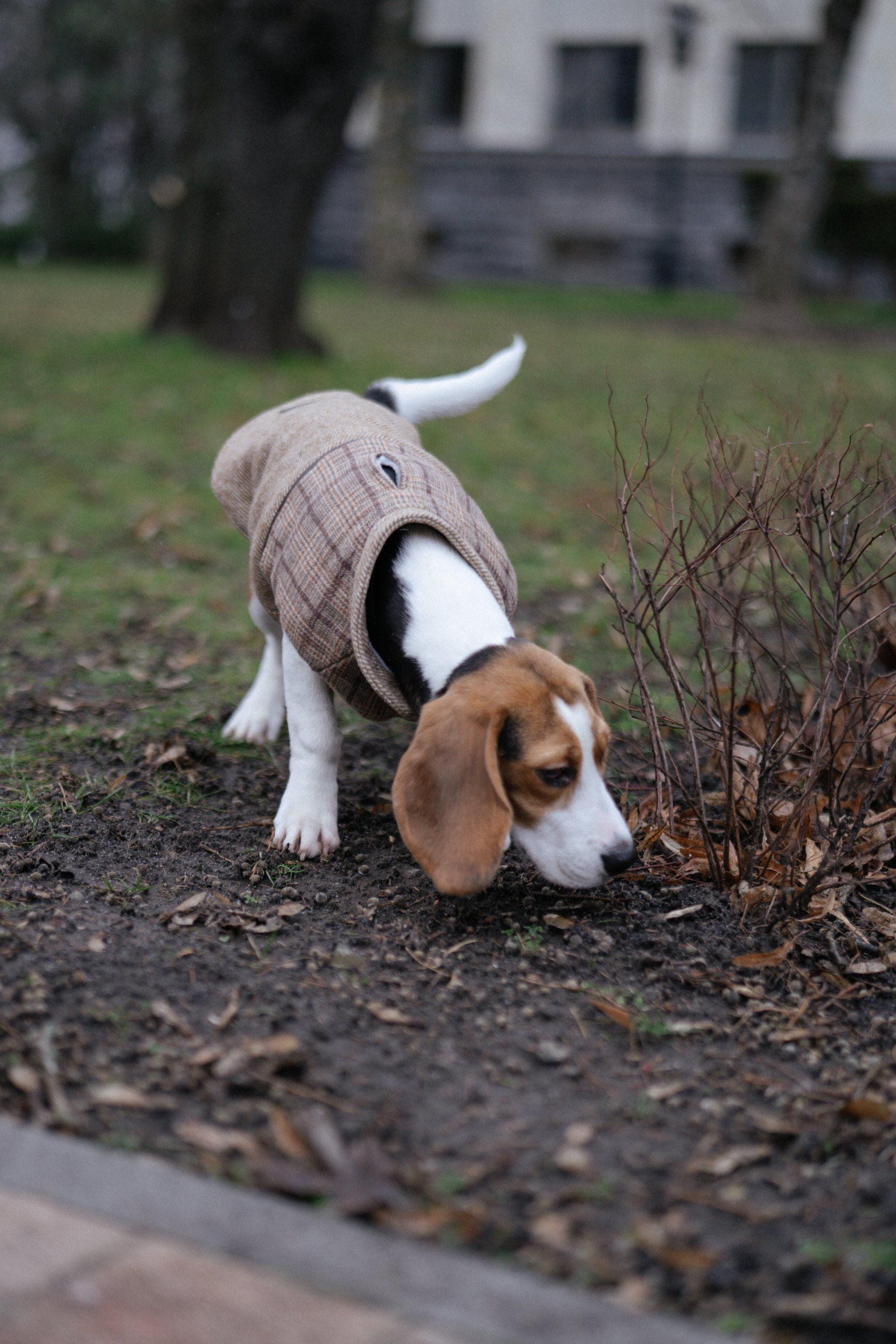Get started guide: Recall
Need to improve your dog's recall? Here is my guide to start reliable recall training!
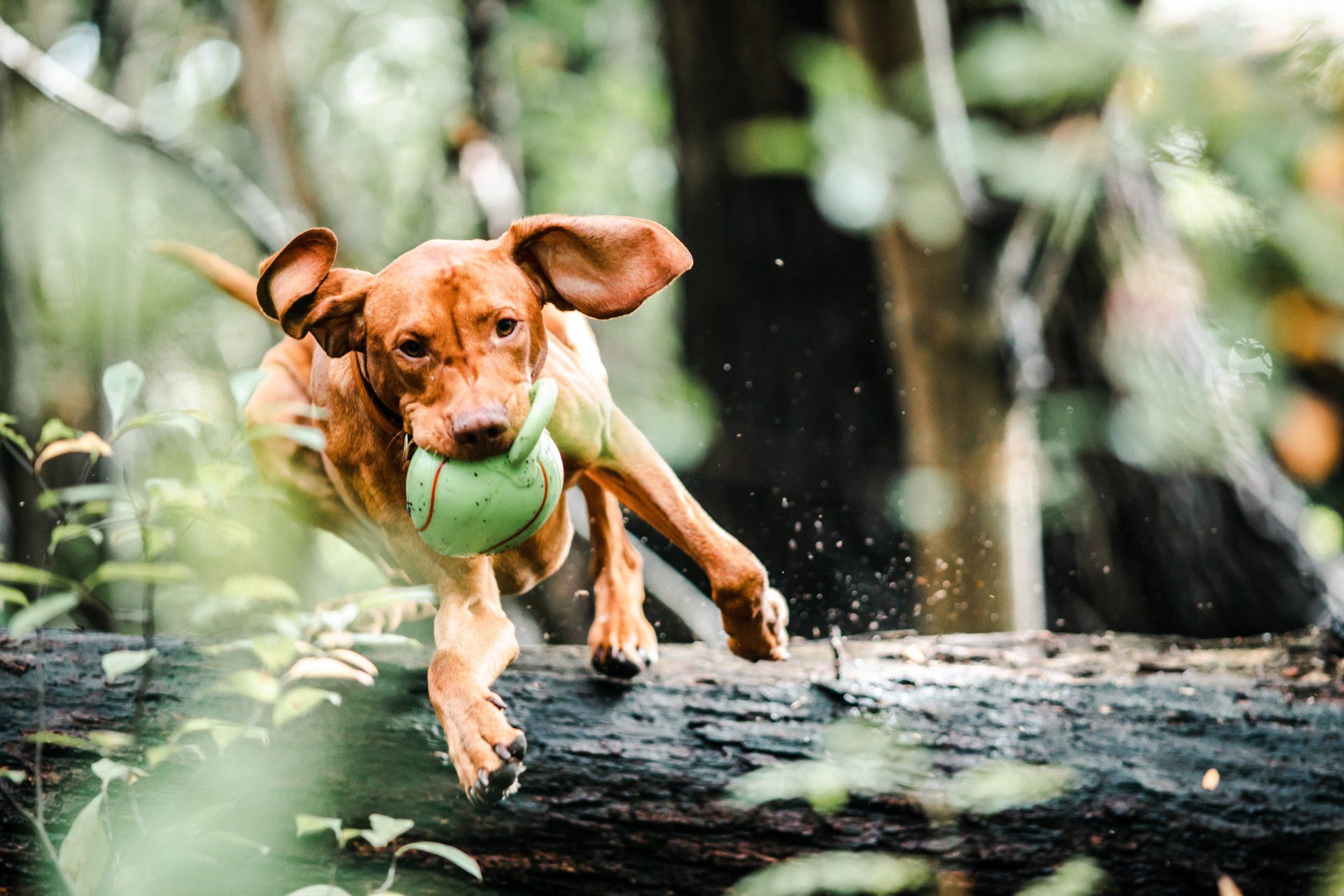
This is a behavior where reliability is the sum of many small successful repetitions.
Setting yourself and your dog up for success is absolutely vital.
If they are tearing off into the distance or playing with another dog, standing there calling and calling will not teach your dog to come - your important recall cue will become background noise and the dog will have an ever harder time responding to it next time.
Prioritise making time to train the recall with minimal distractions, before you use the recall in a much busier situation.
There are three parts to the recall
1. Get your dog's attention. If they aren't looking at you, there is a good chance they aren't listening to you. Call their name. If they don't even turn to look at you, you can call their name again. If they still don't respond, change something. Move closer, or try a different sound. I'd recommend the latter, or both at once to increase your odds of success! Other attention getters can include whistling, high-pitched sounds, clapping your hands, patting your leg, squeaker from a toy, etc. You need to teach your dog that this sound is worth paying attention to though, so make the sound and feed the dog, make the sound and feed the dog. This builds an automatic and habitual positive response when they hear it.
2. The dog comes towards you. When they look at you, mark ("Yes" or clicker), praise the dog and offer a treat. Because your dog has such a strong association with the marker = treat (don't they?), your dog will automatically trot over to get it. as the dog moves towards you, say "come" (or your other single word recall cue). Just like we don't add the cue to drop until the dog is actually doing the movement smoothly and easily, we only say "come" when the dog doing the behaviour as well. Remember to be absolutely stoked that your dog chose to come back to you and communicate this with lavish happy praise ;)
3. The dog stays with you. As the dog gets to you, place the treat/s between your feet so the dog has to come in close to you to get their reward. As the eat, hold onto their collar/harness and then let them go again so this is a normal part of the routine and your dog doesn't freak out thinking they are about to leave the park. To stop a dog that likes to 'eat and run', keep dropping treats by your feet to build up the duration they are close to you. When finished, this is a great time to use the release cue "free" so your dog knows they can go off again.
Those people with dogs that already do pretty well with recall: don't take it for granted, still pay and praise your pup! I have had so many clients that are blessed with a naturally great recall but over time it falls apart as the dog finds the environment more and more reinforcing and the humans have done nothing to make coming to them reinforcing all the times the dog did it before.
Bonuses tips
Hand target for recall
Some dogs have a dodgy recall but love doing the hand target! Cueing your dog to target your hand from across the park is a perfectly great way to get your dog back to you. You'll still need to get their attention but then instead of calling out "come", hold out your hand and cue "touch" instead. Start will small distances and build this up!
Recall visual cue
It is important to have one recall cue such as "come" or "here", but not a mix of both or chattering away with "come on, let's go, this way, come on...". What if your dog cannot hear you though? During the training process when the dog is close, I like to add a visual cue of raising my arms above my head in V shape. I do this arm movement as the dog runs towards me so they associate that visual with the behaviour of moving towards me. Once this is established, if the dog is a looooong way away but I can whistle loud enough for the dog to look at me, they come running when I raise my arms up.
Let me know how you go with teaching your dog to come when called, and if you need any extra advice send me a message via email or social media!
Share this article:
